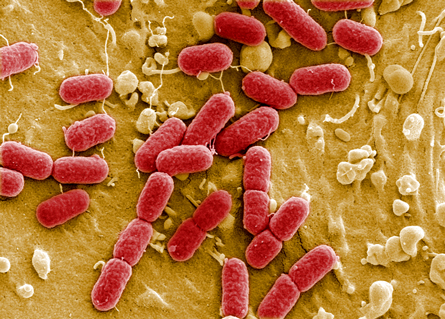PHOTOCAP: Deadly bugs
Toxin-producing E. coli strain causes outbreak in Germany
- More than 2 years ago
Escherichia coli bacteria are normal residents of human intestines, but some strains make toxins, called Shiga toxins, that can cause diarrhea and more serious disease. The strain causing the latest European outbreak is called E. coli O104:H4, a new and particularly virulent variety of enterohemorrhagic E. coli.

The European Center for Disease Prevention and Control says that, as of June 7, the strain has sickened 2,429 people and killed 23 in the European Union, with 22 of those deaths and most illnesses reported in Germany.
So far, 674 of the victims have developed a severe form of infection called hemolytic-uremic syndrome, in which the bacterial toxins can damage the kidneys and cause other health problems, including neurological symptoms.
While the source of the outbreak remains unclear, German health officials suspect contaminated food, especially fresh produce, as the culprit. Still, efforts to trace the infections to bean sprouts, cucumbers, lettuce and tomatoes have, so far, been inconclusive.







